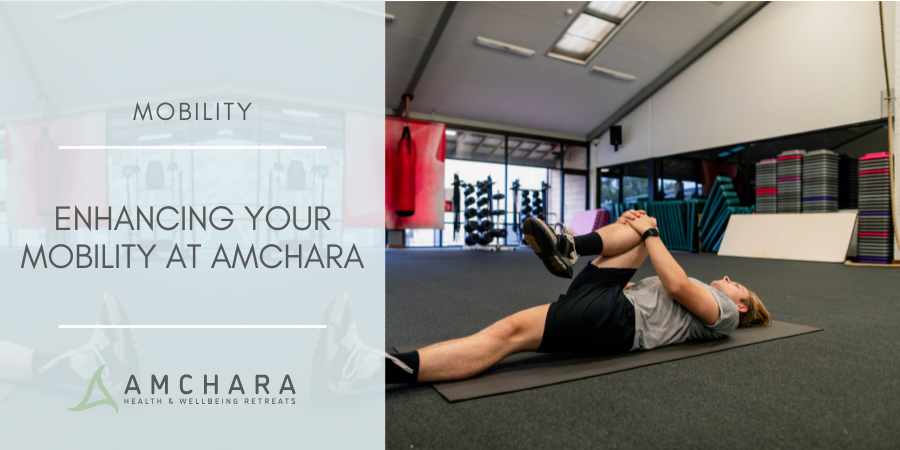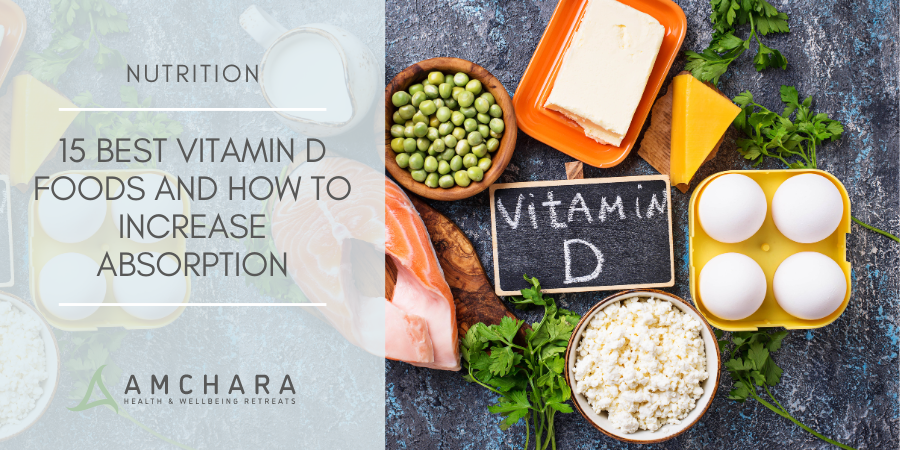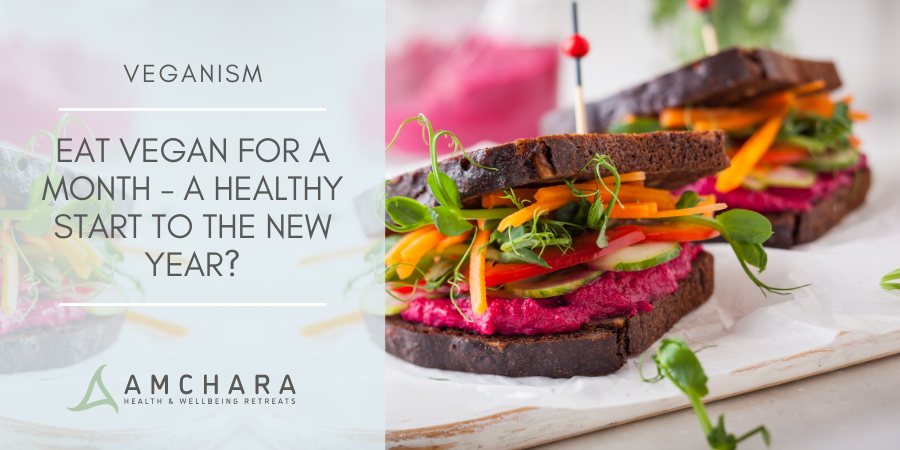Topics Covered in this article:
Adopting a vegetarian based diet brings many health benefits (1) and studies show that the increase in plant-based foods contributes a wide variety of essential nutrients. However, as with many diets that eliminate one or more food types there can be drawbacks. One example is there may be a temptation to reach for vegetarian convenience foods or ‘meat-free alternatives’, which are often not nutritionally balanced.
Protein is a vital nutrient that can be out of balance in a vegetarian or vegan diet. Meat, poultry and animal derived foods are rich in protein and eliminating these in favour of vegetable based options may upset the balance.
We always take an evidence-based approach and aim to provide you with actionable knowledge and tips to help you on your journey to optimal health. In this article we take a look at ways to balance vegetable based protein foods to ensure there is an optimal intake of the essential building blocks found in protein.
Why is protein essential?
The normal adult lean human body is made up of 12-18% protein – in fact every cell in the body contains protein of some sort. Protein is needed to provide structure and is incorporated into your muscle tissue, tendons, ligaments and bones. Skin, hair and nails are comprised of a protein called keratin.
In addition to providing structures for support and movement, protein is used to manufacture hormones such as insulin, vital for blood sugar regulation. Hormones perform a variety of important functions and are responsible for the regulation of many physiological processes.
The body also uses protein for the manufacture of immune compounds, oxygen transportation molecules and enzymes that start chemical reactions. Mood influencing neurotransmitters, like serotonin and dopamine, are also protein based (2).
It is easy to see why a good protein intake is essential, given its variety of vital roles in the body.
Amino acid balance
When we eat a protein food, the body breaks it down into building blocks called amino acids. These can be used in different ways and can be re-assembled in specific formats for different functions.
Some amino acids may be made in the body from other amino acids and so a nutritional source is not needed. However, there are nine amino acids the body is unable to make which are termed ‘essential’. A good dietary intake of these is required for good health.
Essential amino acids
- Isoleucine
- Lysine
- Leucine
- Histidine
- Methionine
- Valine
- Threonine
- Phenylalanine
- Tryptophan
Meat, poultry, eggs, dairy produce and fish are considered to be ‘complete’ proteins, in terms of amino acid balance, meaning they contain all of the essential amino acids.
Protein is found in many plant-based foods – beans, lentils, nuts, seeds, cereals and grains are good sources, however they are considered ‘incomplete’ protein sources due to their amino acid balance, as they lack one or more of the essential amino acids.
Grains such as wheat and rice are low in the amino acid lysine, whereas legumes like peas, beans and lentils are low in methionine. Nuts and seeds can vary in amino acid content and many nuts are low in lysine and/or methionine as well as some of the other essential amino acids (3).
Some vegetarian and vegan protein sources are complete including soy, buckwheat, amaranth, quinoa and hemp seeds.
Getting the balance right
Over the years there has been a lot of different advice when it comes to protein intake for vegetarian and vegan eating, as it is often thought both may be lacking in protein, which is not necessarily always true.
There are a wide variety of ways of eating under the term vegetarian, for example lacto-ovo vegetarians include milk, yoghurt, and eggs, and pescatarians include fish. This means that protein intake can be adequately maintiained, with all the essential amino acids provided.
More strict vegetarian diets, or vegan diets, may be limited to incomplete plant-based protein sources.
The introduction of meat-free alternatives and ‘free-from’, processed vegetarian and vegan foods may be marketed and so perceived as healthful, but these products can still be lacking in certain amino acids, vitamins and minerals, as well as containing undesired ingredients such as trans fats, preservatives and starches.
Food manufacturers have seized the opportunity to market meat-free products to vegetarians and vegans and the appearance of a ‘mycoprotein’ product is advertised as offering a complete protein source. In reality, the product uses a type of filamentous fungi called Fusarium venenatum, not part of the mushroom family. Manufacturing of the mycoprotein involves fermentation in large vats before being filtered, dried and blended with a binder (4). Some experts question the value of mycoprotein products due to the heavy processing and not being classed as a ‘real’ food.
Another meat-free alternative on the rise is seitan, also called wheat meat. This completely vegan meat substitute is made from wheat gluten and is also highly processed. Like wheat, it is lacking in the amino acid lysine. Gluten has been linked to several health issues and gluten sensitivity is known to be more common than coeliac disease (5).
In order to ensure protein intake and amino acid balance at levels adequate for optimal health it is best to avoid relying on ‘meat-free’ alternatives and go back to a varied plant-based diet. A balanced intake of vegetables, fruit, grains, nuts, seeds and legumes ensures that all amino acids are provided.
Several cultures naturally combine plant-based protein sources in meals, such as beans and rice, or wheat based breads with lentils – great ways to ensure a balanced protein intake. Adopting these types of meals may be useful but is not always necessary. It was once thought the protein sources should be combined in the same meal. But as the body has a store of amino acids this is now no longer thought to be the case. Some experts argue that the combining should take place on the same day whereas others favour encouraging a healthy balanced intake of all types of plant-based proteins long term.
Top tips to support good protein intake
- Eat tofu and tempeh once or twice a week – made from soy beans, this versatile food can be marinated to enhance flavour. As far as complete protein sources go they also add other health benefits as they are rich in plant oestrogens and tempeh is classed as a fermented food – great for the gut bacteria. Avoid soy milks, yoghurts and desserts which can be heavily processed.
- Eat a variety of legumes – rich in protein, fibre and offering good gut support, they can be used in soups, salads, dips and stews. Mix red kidney beans with rice, dip pitta in houmous or make a mixed bean and vegetable chilli with whole grain brown rice.
- Include different types of nuts and seeds daily – easy to incorporate into smoothies, breakfast, snacks and desserts they bring a range of minerals needed for many biological reactions. Nut butters with crackers gives a good balance.
- Swap wheat for buckwheat – despite its name buckwheat is gluten free and, as a complete protein, can be useful as a grain or in salads. Buckwheat flour can be used for baking and making pancakes.
- Consider using hemp protein powder in smoothies or baking – this easy to use protein rich powder has a distinctive taste and can boost the nutritional content of a quick breakfast smoothie or be used post workout.
- Eat quinoa at least twice a week – this complete plant-based protein is great included in a salad with mixed roasted vegetables and toasted sesame seeds or can be a balanced addition to a hearty vegetable soup.
Including a variety of plant-based protein sources not only ensures adequate amino acids for vital functions in the body but can also support your health in many other ways.
If you feel you would like to look into the health benefits of vegetarian or vegan based eating then a consultation with an experienced Personalised Health practitioner could be beneficial.
With your help let’s continue the conversation.
Did you find this article useful? What vegetarian proteins do you like to eat?
Please share your thoughts in the comments.
Read this next:




